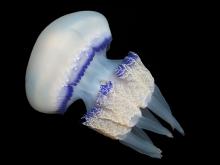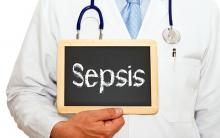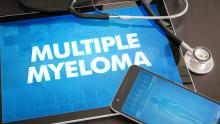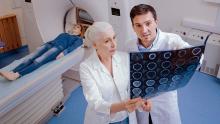Be bold and be passionate: Nobel physicist's message to young scientists

Nobel Laureate Gérard Mourou helped create the shortest and most intense laser pulses ever generated by humankind, opening up new areas of research and leading to breakthrough medical and industrial applications. EU funding has supported his ongoing work, contributing to a remarkable career which he hopes will serve as an inspiration to budding scientists.









